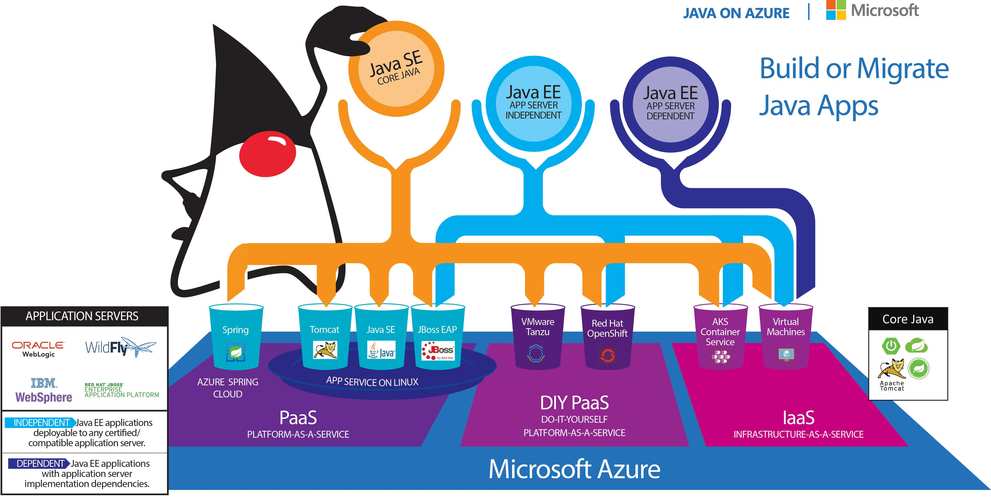Comprehensive Guide to Types of Bearings and Their Applications Chart | Expert Insights
Bearings are critical components in machinery, reducing friction and enabling smooth motion. This guide explores various types of bearings and their applications through a detailed chart, helping engineers and industry professionals make informed decisions for optimal performance.
Table of Contents
1. Ball Bearings Applications and Features2. Roller Bearings vs Ball Bearings Comparison
3. Thrust Bearings in Automotive Industry
4. Tapered Roller Bearings Load Capacity
5. Plain Bearings Maintenance Best Practices
1. Ball Bearings Applications and Features

Ball bearings are widely used in electric motors, gearboxes, and household appliances due to their low friction and high-speed capabilities. They consist of inner and outer rings with steel balls evenly distributed between them. Key advantages include minimal energy loss and adaptability to radial and axial loads. Industrial applications range from conveyor systems to robotics, where precision and durability are paramount. Regular lubrication extends their lifespan, making them cost-effective for continuous operations.
2. Roller Bearings vs Ball Bearings Comparison
Roller bearings excel in handling heavier radial loads compared to ball bearings, making them ideal for heavy machinery like crushers and turbines. Cylindrical or tapered rollers increase contact surface area, distributing weight more efficiently. While ball bearings suit high-speed scenarios, roller bearings thrive in high-load environments. Factors like operating temperature and alignment requirements influence the choice between these two types. A detailed comparison chart helps users evaluate load capacity, speed limits, and maintenance needs for specific applications.
3. Thrust Bearings in Automotive Industry
Thrust bearings manage axial loads in vehicles, crucial for components like transmissions and steering systems. They prevent shaft displacement under heavy pressure, ensuring smooth gear shifts. Automotive manufacturers prioritize compact designs with heat-resistant materials to withstand engine temperatures. Recent advancements include integrated sensors for real-time wear monitoring, enhancing vehicle safety. Proper installation alignment is critical to avoid premature failure in high-vibration environments.
4. Tapered Roller Bearings Load Capacity
Tapered roller bearings combine radial and axial load handling, commonly used in wheel hubs and railway axles. Their conical geometry allows precise load distribution, reducing stress concentrations. Engineers calculate dynamic and static load ratings to ensure compatibility with operational demands. Regular inspection for pitting or misalignment prevents catastrophic failures in industrial settings. Customizable cage designs improve lubrication retention, extending service intervals in harsh conditions.
5. Plain Bearings Maintenance Best Practices
Plain bearings (bushings) operate without rolling elements, relying on sliding surfaces for motion. Common in hydraulic systems and pivots, they require consistent lubrication to minimize wear. Self-lubricating variants with graphite plugs reduce maintenance needs. Monitoring temperature and vibration patterns helps detect early signs of degradation. Material selection—bronze, polymer, or bi-metal—depends on load speed and environmental factors like moisture or chemical exposure.
Understanding these five key aspects of bearings—from high-speed ball bearings to robust tapered rollers—empowers professionals to select optimal solutions. Whether prioritizing load capacity, environmental resistance, or maintenance efficiency, each type offers unique advantages. Dive deeper into each category below to align your machinery requirements with the right bearing technology.
This guide provides a thorough analysis of bearing types, applications, and selection criteria. By matching specific operational needs with the appropriate bearing design, industries can enhance equipment longevity, reduce downtime, and improve overall efficiency. Always consult technical specifications and load charts for precise implementations.




 13869596835
13869596835